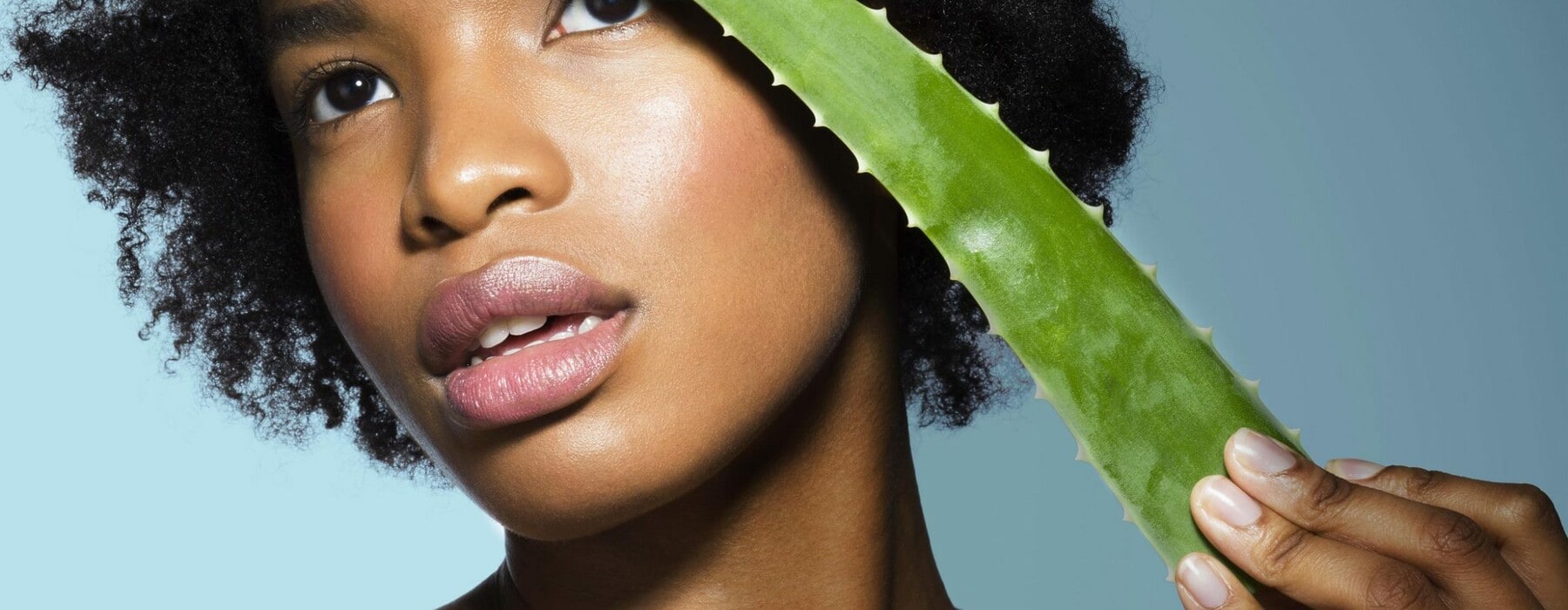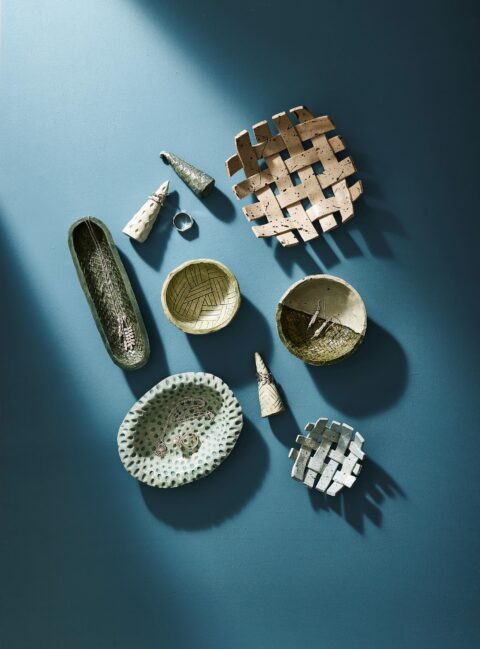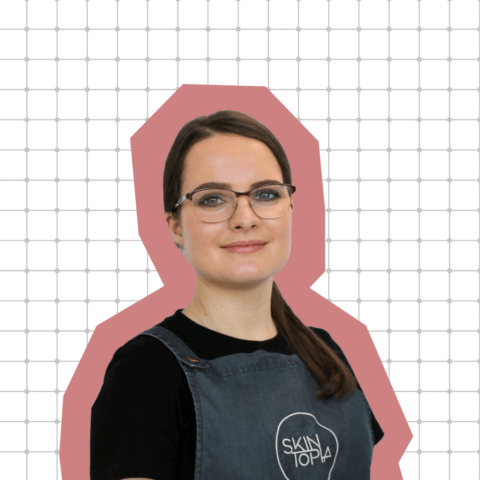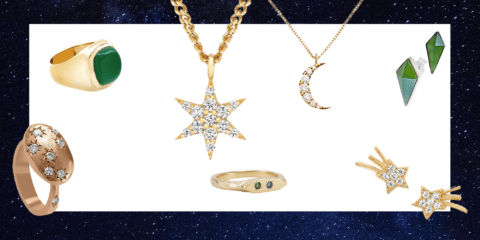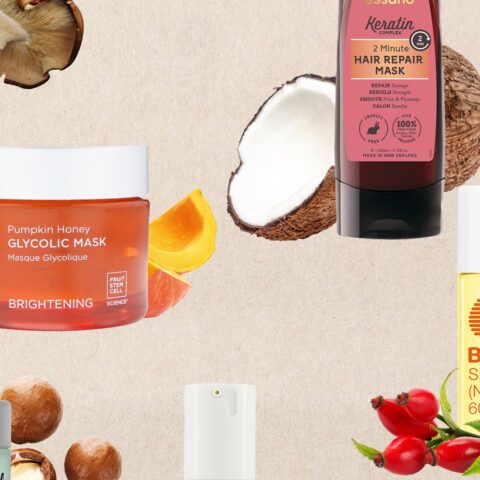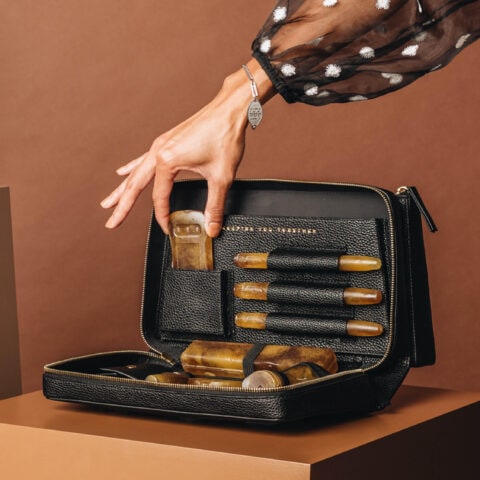Ancient cultures knew aloe vera worked wonders, says Megan Douglas, and now scientists can tell us why its active ingredients repair, soothe and smooth.
It will come as a surprise to no one that I love all things natural when it comes to my beauty and personal-care products. Not only are natural ingredients free of the synthetic toxins I think we should all avoid, but I am constantly amazed by their versatility and the wealth of benefits they can deliver to our skin, our hair and our general wellbeing.
These days there are, of course, hundreds of different natural ingredients in our skincare, in our make-up in our shampoos, our toothpastes, and even in our cleaning products, but if you were to put me on the spot and ask which one I prize above all others, then I would be hard-pressed to look beyond aloe vera.
The aloe vera plant has such incredible powers to help the skin and body that it is in every sense a health and beauty powerhouse, a maintenance-free, easy-to- grow, medicinal and beauty all-rounder that everyone can (and probably should) have in their garden.
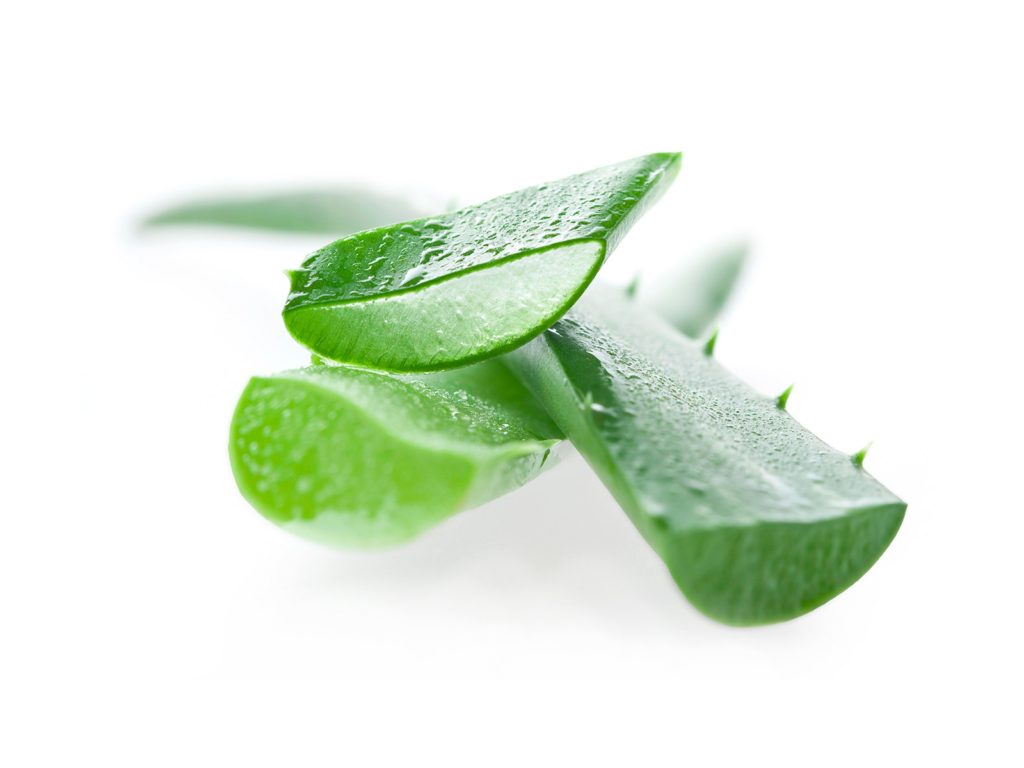
I always like to look at the history of plants to get to know their true essence. Given its many benefits (more on those soon), it came as no surprise when I discovered that aloe vera has been used for thousands of years across many different cultures.
Its earliest recorded use dates back to the ancient Egyptians, when images of the aloe vera plant were drawn on the walls of templates. Revered for its healing properties (the ancient Egyptians called it “the plant of immortality”) it’s said that the gel inside the leaves was used as a beauty treatment by queens like Nefertiti and Cleopatra, and leaders and generals including Alexander the Great used it to treat soldiers’ wounds.
It’s also recorded that Mayan women maintained smooth complexions by applying aloe vera to their faces and that American Indians applied the gel to soothe burns and help heal blisters. In China, where the aloe vera plant was first introduced in the seventh century, the plant was used in the treatment of skin irritations and rashes.
With such a rich history, it’s interesting that we can now analyse aloe vera’s phytochemistry and find at least 75 potentially active constituents. These include various vitamins, enzymes, minerals, sugars, saponins, salicylic acids and amino acids that have been shown to benefit the human body and skin.
These active nutrients are all found in the clear jelly-like substance inside the leaves of the plant, popularly known as aloe vera’s “gel”. To access this healing gel, all you need to do is select a leaf from the plant, cut off its ragged edges, slide a knife under the skin along the length of the leaf and then carefully, with a spoon, scoop out all the transparent gel and collect it in a bowl. To help preserve the gel for use on the skin, you can add a few drops of grape seed extract or an essential oil, such as rosemary.
Aloe vera can be taken internally, but you’ll need to collect it carefully so you don’t contaminate the gel with aloin, the juice under the skin (check online for detailed instructions). When ingested, it might help improve sexual function, deal with constipation and it is full of nutrients such as vitamins B, C and E.
Beauty benefits
It’s as a beauty agent that aloe vera truly comes into its own. Here are just some of the benefits it offers our skin:
It fights ageing and helps damaged skin repair itself
Ageing or damaged skin can benefit from the use of aloe vera, as it’s readily absorbed through the epidermal layer and delivers its nutrients deep inside the skin tissue. It promotes skin-cell growth and supports a fresh, healthy complexion.
Research suggests it can help slow or reverse skin ageing by increasing collagen production. It also contains a host of antioxidants – including beta- carotene, and vitamins C and E – which work to keep the skin hydrated and improve its natural firmness.
For dry and dehydrated skin, it acts as a fabulous replenisher, as it’s comprised mostly (95 percent) of water. Along with locking moisture into the skin, aloe vera acts as a sort of glue by helping the skin cells stick together. This can result in smoother and softer skin, one of the reasons why it is so popular in modern cosmetic formulations today.
It’s great for acne and other chronic skin conditions
Thanks to hormones, called gibberellins and auxin, aloe vera has anti-inflammatory properties that not only fight skin inflammation, but also stimulate the growth of new cells. Working in concert with the plant’s wonderful moisturising qualities, these hormones can help skin affected by acne to heal quickly and naturally without scarring.
It’s worth comparing this to many synthetic acne solutions, which focus on drying out the skin. This is not only a problem in itself, it can also trigger the type of skin inflammation that leads to psoriasis and other chronic skin problems such as eczema. In contrast, aloe vera can be used to help heal these problems.
It has an antiseptic effect
Aloe vera contains six antiseptic agents, which all have an inhibitory action on fungi, bacteria and viruses, so it can be useful for cleaning skin irritations, such as small cuts and abrasions.
It can help as a mild pain reliever
The anthraquinones present in aloe vera offer a mild anaesthetic effect, which helps relieve the aggravating symptoms of skin abrasions and minor burns.
It helps treat sunburn
The outer layer of our skin is the part that is damaged by sunburn. Aloe vera can help repair this layer thanks to its moisturising, antioxidant and nutritional properties, although of course it’s better to protect yourself from the sun in the first place.
It can help with stretch marks
Aloe vera can also help to repair stretch marks, which are caused when the elasticity of the skin is compromised as a result of it being stretched too far and too fast. In particular, the plant can assist in healing minor tears in the skin caused by stretching and thus help reverse the appearance of marks.
And there you have it. With such a compelling list of benefits, it could be a good time to consider growing aloe vera in your backyard (if you’re not already) or even just plant one in a pot. Aloe vera truly is “the bomb”, full of multi-tasking properties, which can help regenerate your skin, leaving it nourished and healthy, while also being a trusted first aid healer.

